許華山建築師事務所主持建築師 / 哈爾濱工業大學建築學院客座教授
Lead Architect, EW+HSU Architectural Firm / Visiting Professor, School of Architecture, Harbin Institute of Technology
Article of famous designers
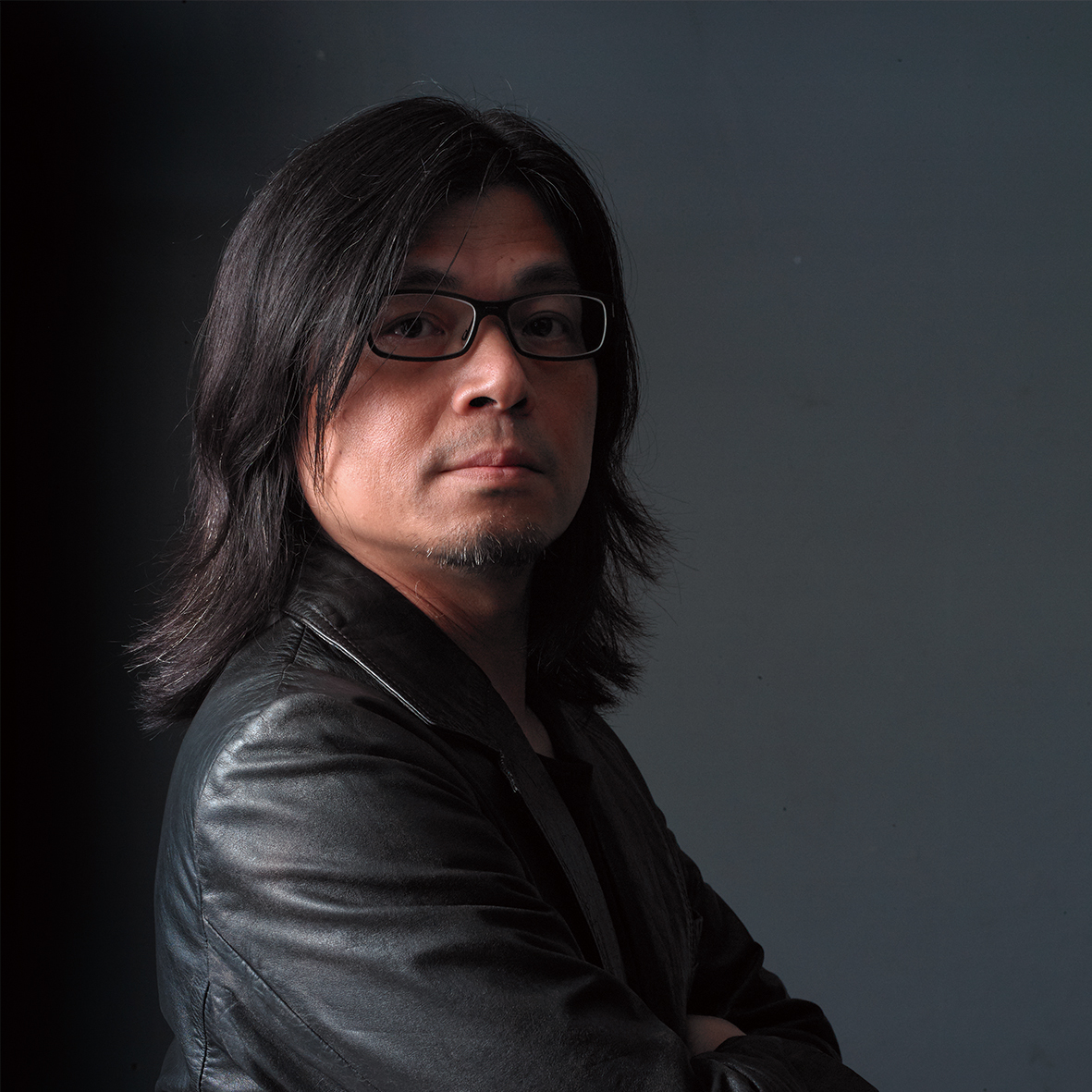
許華山建築師事務所主持建築師 / 哈爾濱工業大學建築學院客座教授
Lead Architect, EW+HSU Architectural Firm / Visiting Professor, School of Architecture, Harbin Institute of Technology
I. Enlightenment
Bauhaus, founded by Walter Gropius in 1919, influenced the course of modern architecture. The German words Bau (architecture) and Haus (construction), mainly teach and develop design education, focusing on architectural modeling and practical functionality all in one.
In addition to architecture, Bauhaus has had far-reaching influences on the development of art, industrial design, graphic design, interior design, and even modern drama, art, as well as the contemporary design industry and education.
Modernist architecture changes with the development of the times, emphasizing that architects should study and solve the practical functional requirements and economic problems of buildings.
Modernism advocates the use of new materials and new structures to promote innovation in architectural technology, applying and developing the characteristics of new materials and new structures in architectural design; breaking free from historically outdated architectural traditions, creating new architectural art styles, and developing architectural aesthetics. The geometric shapes achieve an aesthetic feeling without being decorative, and the structure is simple and can be continuously replicated.
Modernist homes and furniture design also generally emphasize simplicity, sleekness, and open-space interiors while reducing clutter (the Absence of Clutter).
Overall, most previous conventions have surrendered to more casual decoration, retro, and dramatic sense of space. Contemporary mainstream architecture still retains many aspects of modernist design.
II. Aspects of Basic Development
1. Learning and Attitude
I have beenteaching design (including architectural, interior, and industrial design) atuniversities on both sides of the Taiwan Strait for more than 15 years, andhave also judged cross-strait-related student designs and design competitionsof the new generation. Take Taiwan for example. The original complete and solidbasic skills training methodology, and a self-contained technical system hasbeen diluted with the establishment of the “open university,” and is now nodifferent from ordinary universities. Due to the ambiguity of the division oflabor and the role it should play in society, its structure has become that ofan ordinary university, leading to uncertainty in the direction of thedevelopment of architectural education courses.
The originalsupport design courses have been reduced or have become electives, such as lawsand regulations, structural construction, structural science, etc. Studentslack basic relevant concepts, and upon entering the workplace, they aretypically unable to meet the learning and execution standards, resulting in theinability to adapt to and the changing of jobs.
2. Vision and Opportunity
Faced with the changing of the times,we must respond accordingly, such as through policy changes, international andcross-strait competitions, and exchanges. Students are in frequent contact withthe cross-strait market and globalization, we should have the readiness andcourage to adjust the course content. But the core and the positioning must beclear – in other words, what are each of the characteristics?
In addition, in response to adiversified educational program and the aptitude and characteristics ofrecruited students, this policy still needs to review how to reform theexisting system, and be discussed from several directions:
a. Hand drafting and hands-onwork: foundational courses must be strengthened, especially basic designcurriculum arrangement and implementation training for novice levels, such ashand drafting and hands-on work.
b. Tools and off-campus learning: oncetheir foundations are established, intermediate level students can strengthentheir training through computer-assisted courses and off-campus internships.
c. Apply widely and localizetopics: seniors and the graduating classes are qualified. In addition tohands-on work and using tools to cultivate initiative, designing topics andcooperating with the industry will allow for full exchanges between industryand academia, and for students to clearly invest in the future and prepare forthe workplace.
d. International outlook and senseof teamwork: cross-border cooperation has become a global trend, especially inthe face of market demand. Cultivating students’ teamwork mindset andinternational outlook is important current topics.
III. A Competition and an Exchange
In recentyears, international trends have entered a new phase, especially with theassistance of digital technology. Large-scale projects, and super high-risebuildings have achieved tasks that were impossible in earlier times.
In response tothe rapid impact of globalization, regional issues have repeatedly gainedattention. In 2017, I participated in and won an award for the Cross-StraitArchitectural Design Award, hosted by the Hong Kong Institute of Architects.Among the award-winning works, the jury found that Taiwanese architects’ concernsfor the region and humanity are very deep-rooted and particularly resonant.
The WorldArchitectural Festival is held annually without pause, but how to gain mutualexchange and learning opportunities from this competition, improve oneself, andincrease team cooperation are areas that must be worked on.
IV. Social Responsibility After the Applause
The cruelreality in Taiwan is that, despite the tedious bureaucracies of publicconstruction, with our rich experience in transnational cooperation, we arestill only able to complete various public building works. However, mostarchitects work in residential construction and the real estate market,including interior design and related businesses. Within ever-changing businessenvironments, it is quite rare for architects to meet their client’s needs,adhere to their concepts and values, and contribute to the discourse on living.
Under cutthroatmarket competition, rigid laws and regulations, and liberal rules of evaluation,we can still see the profound design skills and aggressive attitudes ofexperienced, mid-career, and emerging architects.
I’ve had theopportunity to serve as a jury panelist for the Taiwan Residential ArchitectureAward, and I have a few thoughts to share, especially in terms of designproficiency and contribution:
1. Thearchitects have their pulses on the real estate market, taking into accountpotential conflicts of interest and external sensitive environmental issues.There are a few works that have challenged or echoed the urban landscape,considered the harmony of old and new communities, and the constraints ofbuilding laws and regulations. Their breakthrough concepts led to a wide diversityin new housing concepts.
2. In terms ofregional features, many showed an integration of both environmental interiorand exterior and between new and old. After all, people are at the core,therefore several of these works took into account the characteristics of theusers, and injected a new definition of “home” with unique ideas. Apart from this,there was a precise grasp of details, and particular attention was paid touniversal designs, which was commendable.
It’s notdifficult to find that, in the works of architects and teams in Taiwan, theplight of their environment did not carry them away like the rushing waters ofa flooded river. Rather, they created new waves. Among the visible works, thereis an insight into humanities, society, and the environment. Taiwan’s futureresidential construction market can develop soundly, create good works, andparticipate in international competitions.
V. Diverse Cultures, Regional Reflections
From the lateperiod of modernism to the early 20th century, the concept of the globalvillage has shifted from the mainstream of the West to the style of the East.Surviving trend after trend, it has been highlighted in internationalcompetitions and has become a prominent discipline.
From theRenaissance after the 14th century, the religious revolution of the 16thcentury, the scientific revolution in the 17th century, and the industrialrevolution throughout the 18th and 19th centuries, and through sustainabledevelopment after the 20th century, the global village has become the focus ofa new future.
Global warmingand climate change, oceanic countries or regions having to relocate theircapitals, extreme cold or warm climates, and the global Covid-19 pandemic ofrecent years have all led to serious casualties. While scientists and themedical industry are researching and developing vaccines, architects also facesimilar problems related to scientific digital analysis. In the early phases ofestablishing negative pressure isolation wards, mobile unit hospitals,same-floor drainage and exhaust systems, what more can be done other than sittingby idly and watching? Recalling back to the times of our ancestors, there is anabsolute relationship between adapting measures to local conditions, localareas, and, regional styles.
Regardless ofthe innovation of materials and technologies, there will always be clues as tohow to present the importance of regional architecture in many internationalcompetitions. There’re also the extensive topics of localization andinternationalization. No matter whether by integration or subjectiveconsciousness, whether it’s the environment, ecology, or culture, there are newissues to voice, worthy of our attention and reflection.
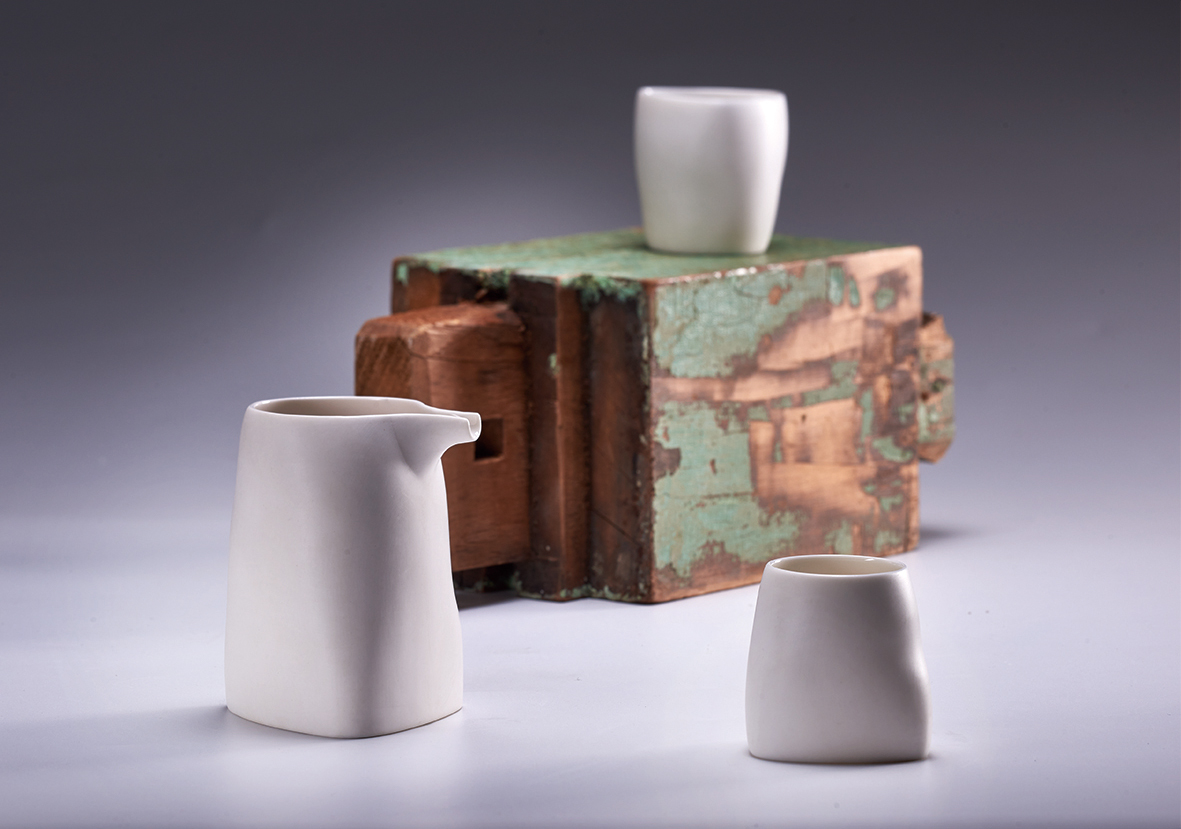
Caption: 2021 A+Architizer Product Finalist Award-Share
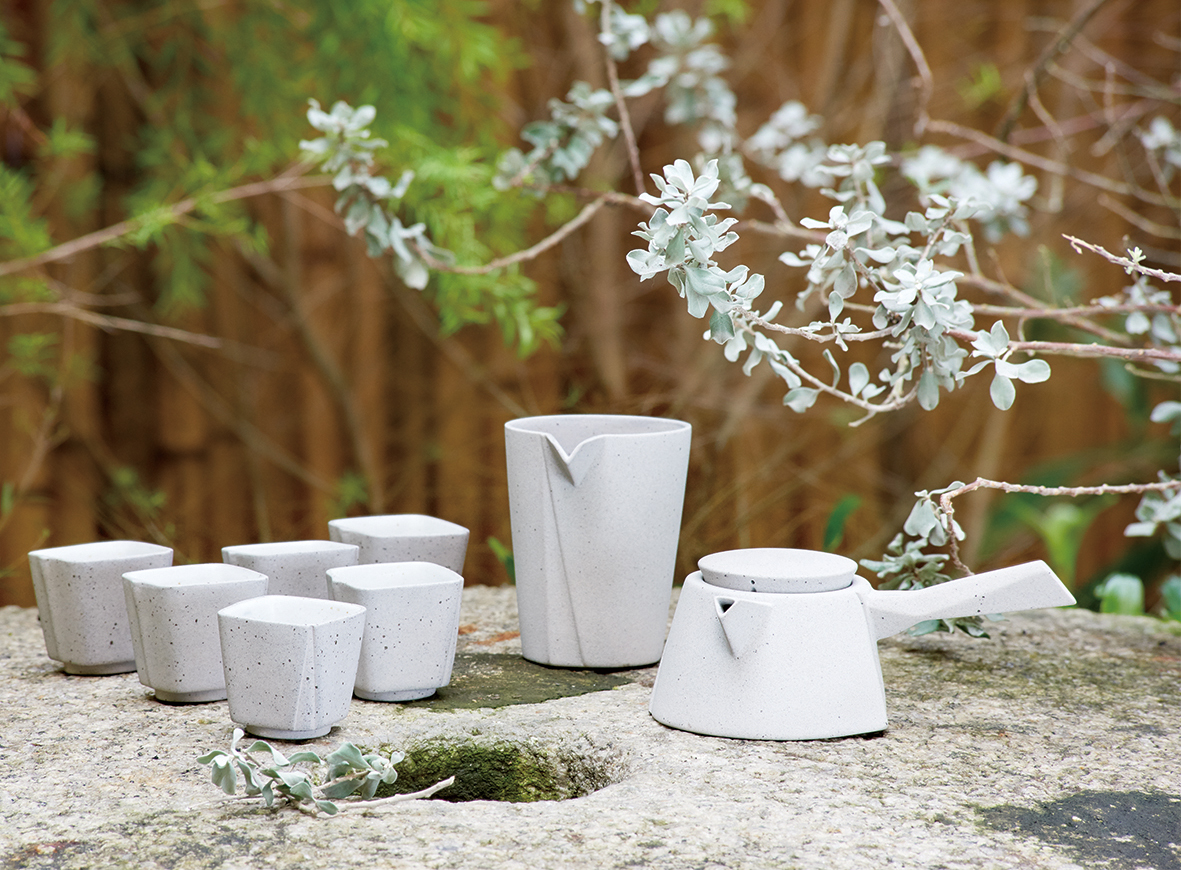
Caption: 2019 - China Crystal Kylin Award - HermitageStone Teaset
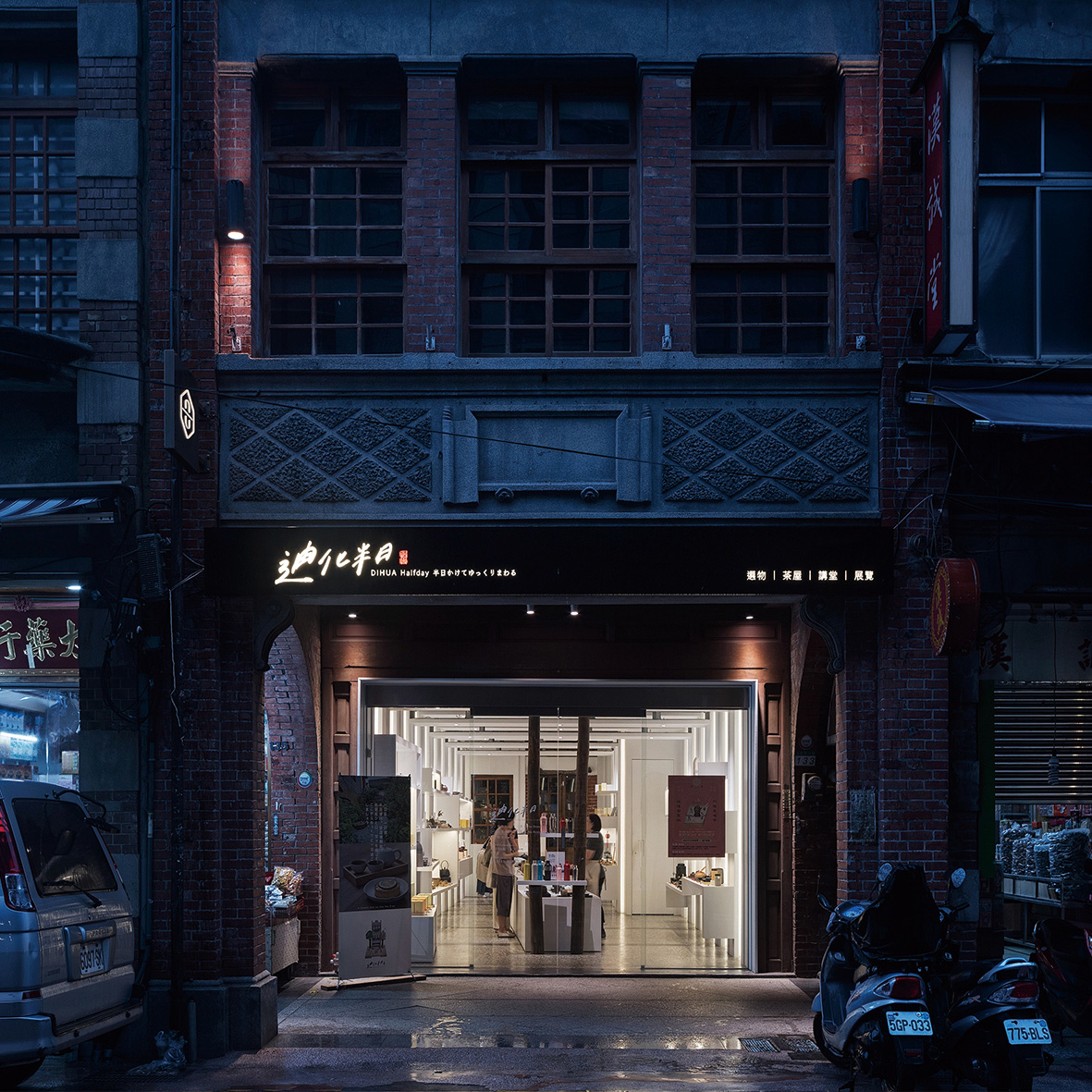
Caption: 2018 Taipei ArchitectureRenovation Awards-Dihua Halfday
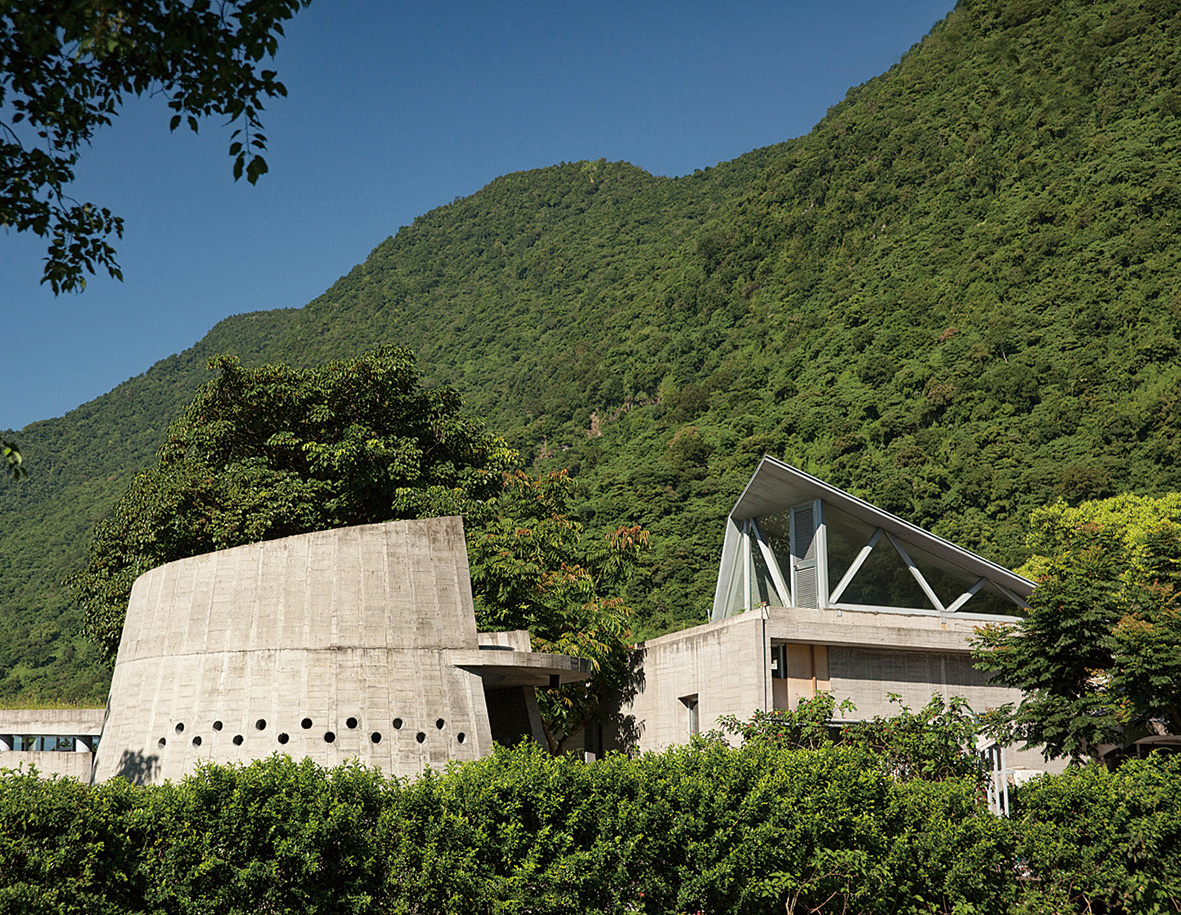
Caption:2017 Cross-Strait Architectural Design Awards-Giwas Ali
Caption:2017 China Crystal Kylin Award-Terraced Landscape Series_Stone Tea Tray
Caption:2014 Golden Pin Design Award - Leshan Series
Caption:2011 DFA Award (HKDC AWARD) Bronze Award-Jamei Chen